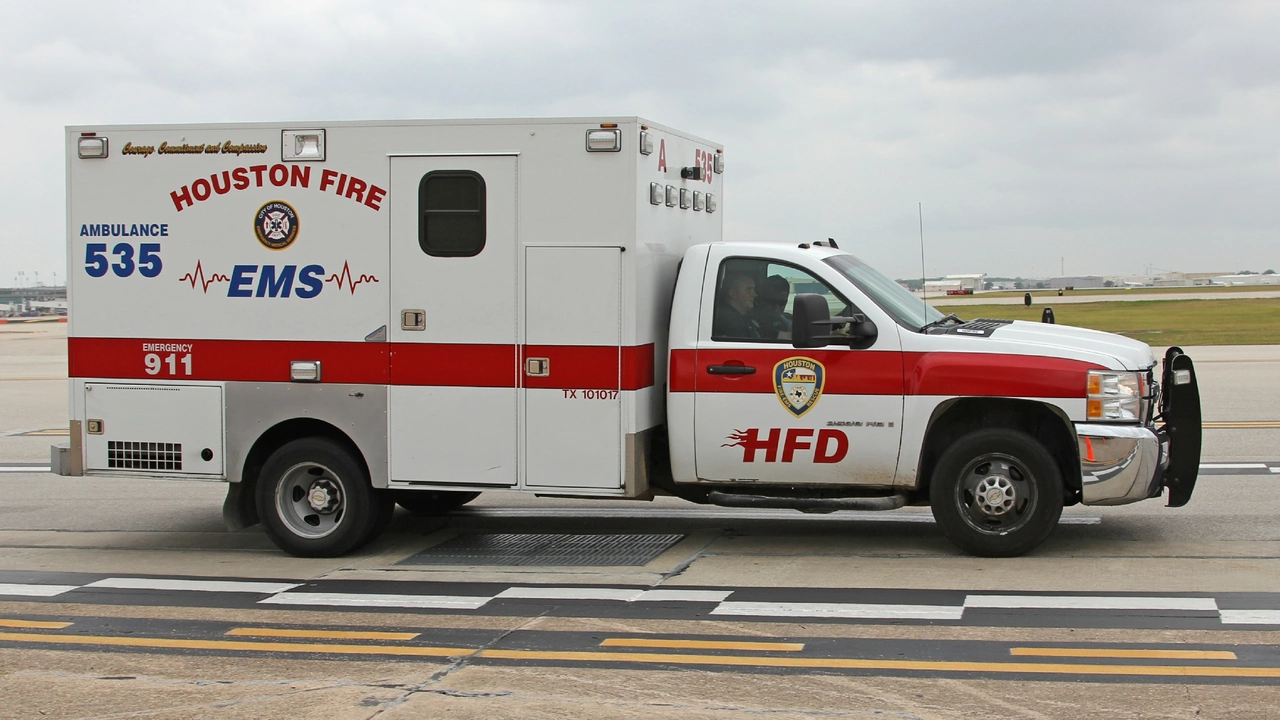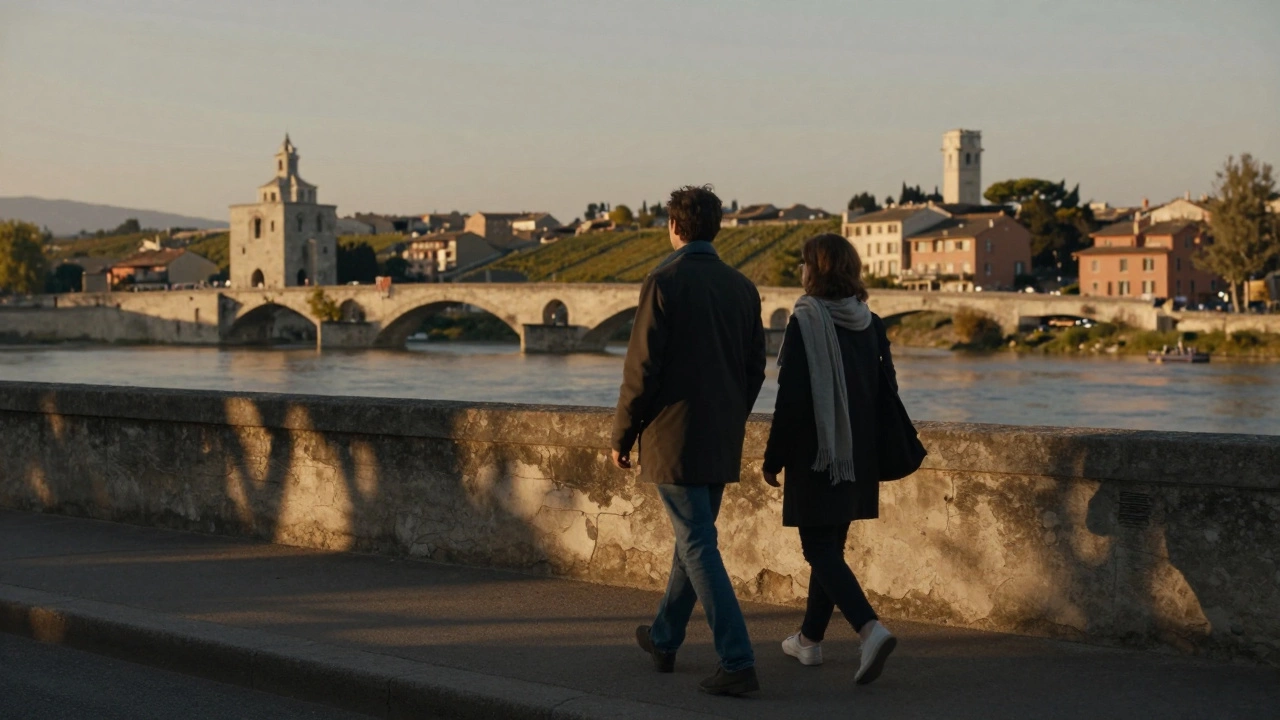Health and Safety Essentials for Motorsports
When you’re revving up for a ride, the last thing you want to think about is an accident. But a solid safety plan makes the thrill worth it. In this guide we’ll break down the basics you need before you hit the track, what to do if something goes wrong, and how a simple rule—like asking if a family member can ride in an ambulance—can make a big difference.
Pre‑Ride Checks: Your First Line of Defense
Start every session with a quick walk‑around. Look at the tires, brakes, and suspension. A loose bolt or worn tread can turn a fun lap into a costly crash. Check your helmet, gloves, and protective gear for cracks or soft spots. If anything feels off, fix it or ask a technician. It takes a minute, but it saves hours of downtime.
Don’t forget your health. Hydrate, eat a light snack, and stretch. Dehydration and fatigue are silent hazards that reduce reaction time. A quick stretch can loosen muscles and improve balance, keeping you steadier on the bike.
What to Do When an Emergency Happens
If you’re in a crash, stay calm. Move away from traffic if you can, and signal for help. Most professional teams have a rapid response protocol: a spotter calls the nearest ambulance, the rider is assessed, and the bike is cleared.
One question that pops up often is whether a family member can ride in the back of an ambulance. The short answer: it depends. If the patient’s condition is stable and the ambulance service allows it, a close relative may be permitted. However, during critical situations, the crew will focus solely on the patient’s care and may not have room for extra passengers. Always ask the medical staff on the scene—they’ll tell you what’s possible.
While waiting for help, use your first‑aid kit. A tourniquet, pressure dressing, and a CPR mask can buy valuable minutes. Knowing basic life‑saving techniques is a game‑changer, and most clubs offer quick refresher courses.
After the incident, debrief with your team. Talk about what went right, what could improve, and how to avoid similar scenarios. This feedback loop builds a safer environment for everyone.
Remember, safety isn’t a one‑time checklist; it’s a habit you build every time you gear up. Keep your equipment in top shape, stay aware of your own condition, and know the emergency steps. By treating each race like a partnership between rider and safety team, you protect yourself, your crew, and the people who cheer you on.



